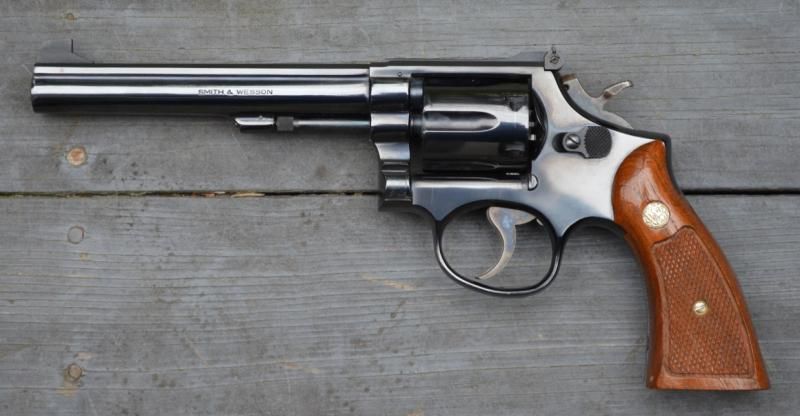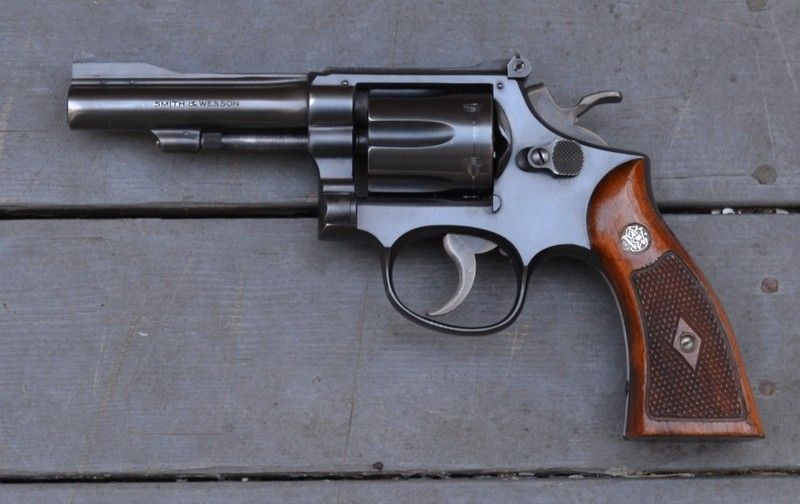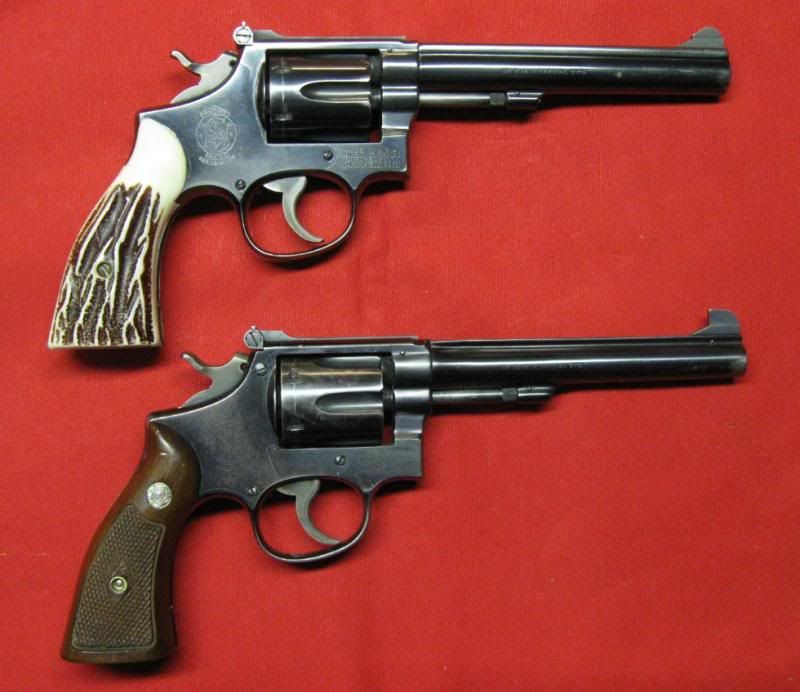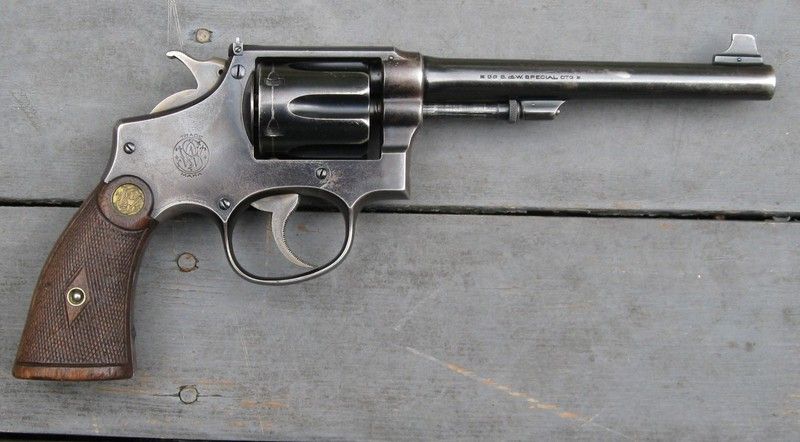Wheel-Gunner
New member
Today I was at one of my favorite gun shops and was looking at some of their used Smith's. I had a model 14 and a model 15 out side by side and couldn't really see the difference between the two. Both K frames, both had adjustable rear sights, both blued of course.......couldn't see a difference.
So what are the differences between the 14 and 15? Which is more valuable? Which is more desirable? I sure some folks have some knowledge regarding the story behind these two revolvers. After all, I am primarily here to learn and help others do the same.
Also, can either model be found with a tapered barrel?
So what are the differences between the 14 and 15? Which is more valuable? Which is more desirable? I sure some folks have some knowledge regarding the story behind these two revolvers. After all, I am primarily here to learn and help others do the same.
Also, can either model be found with a tapered barrel?






